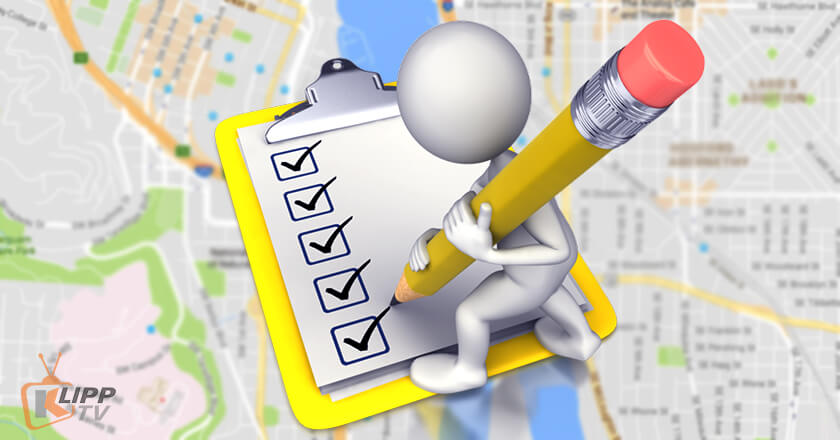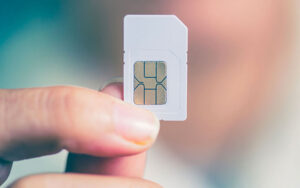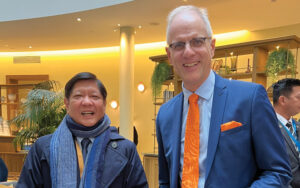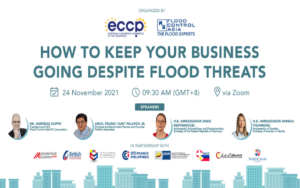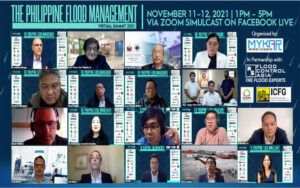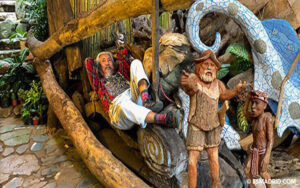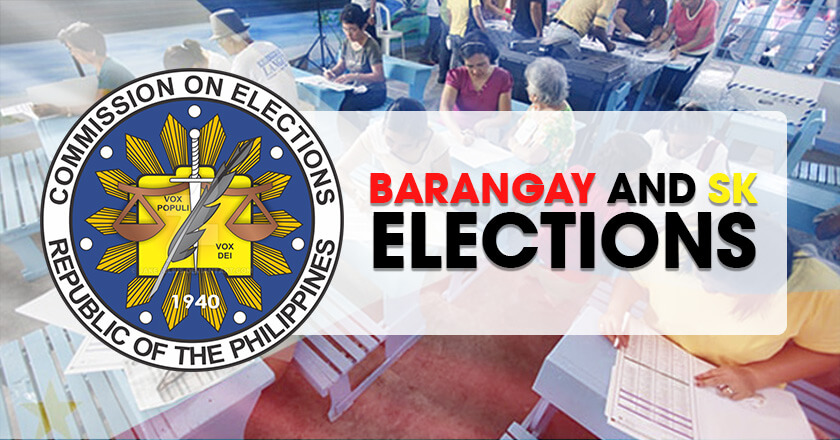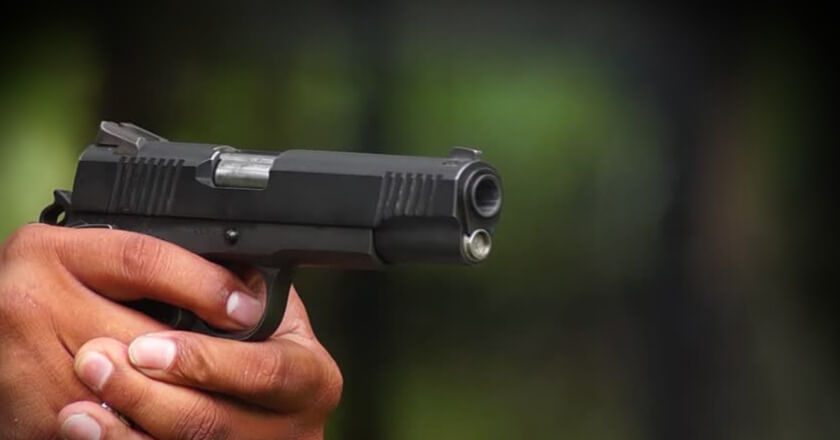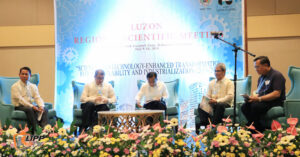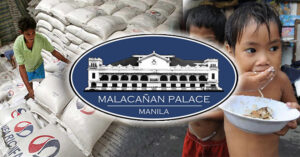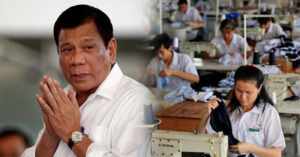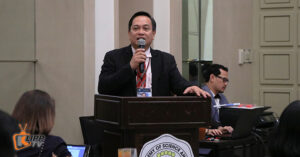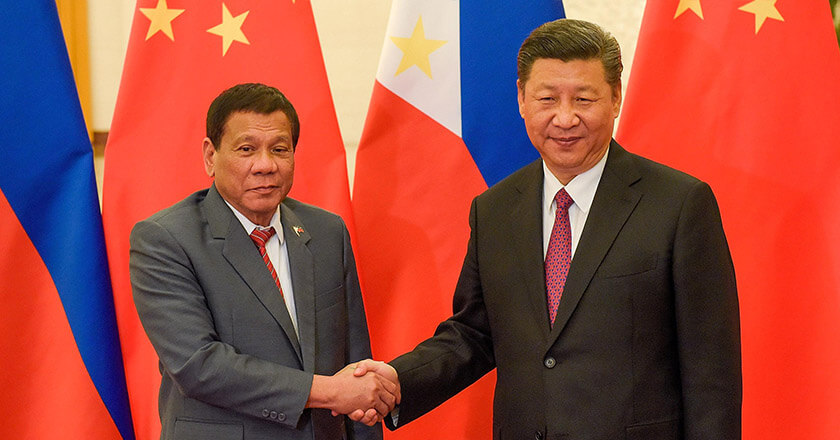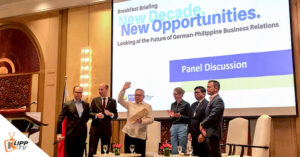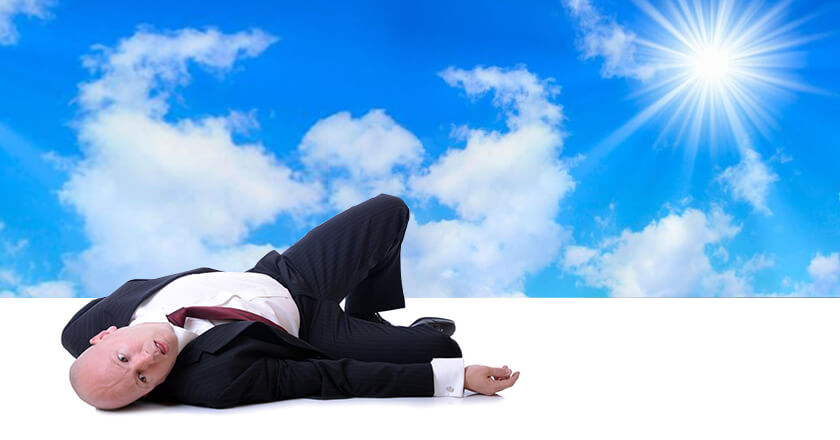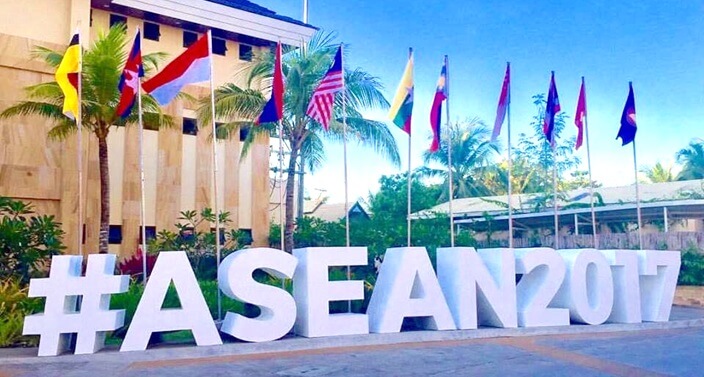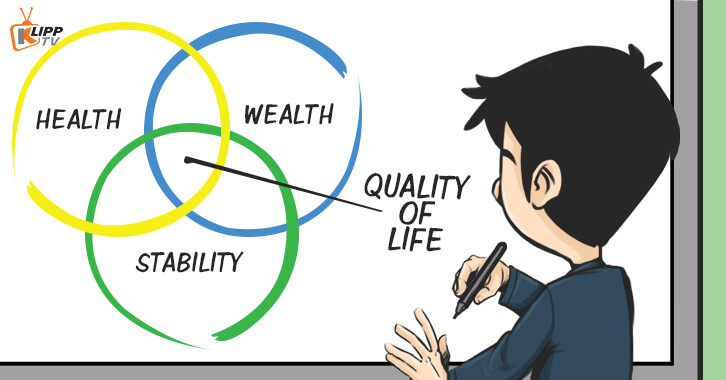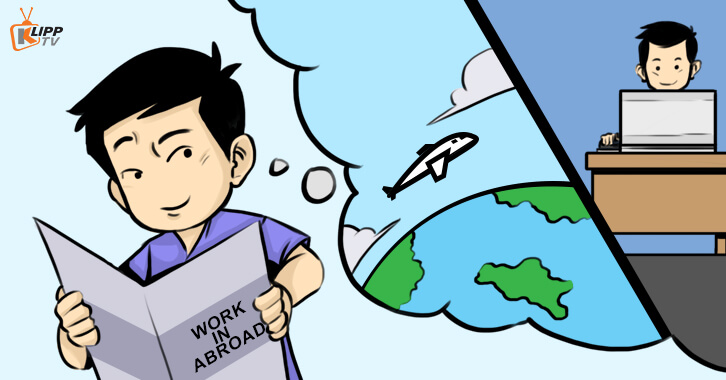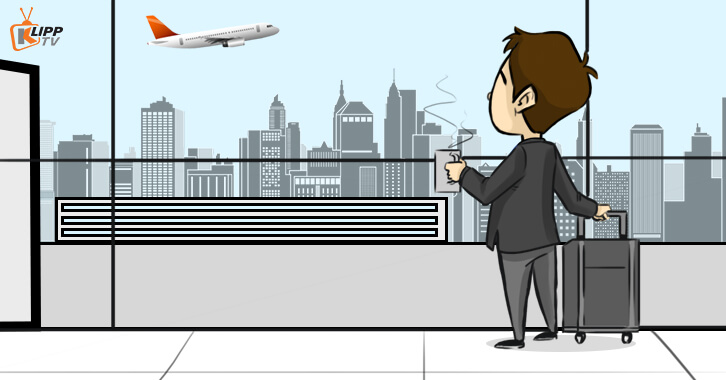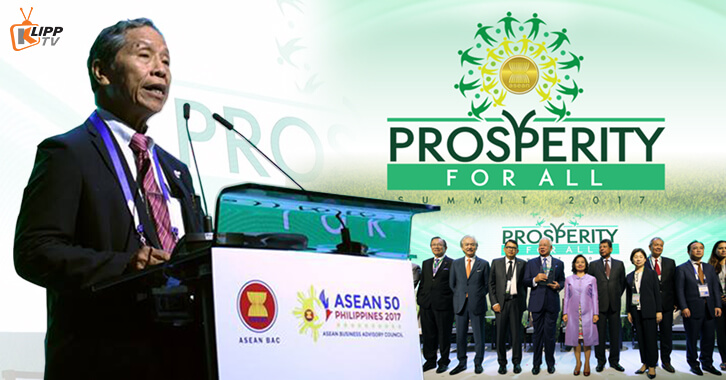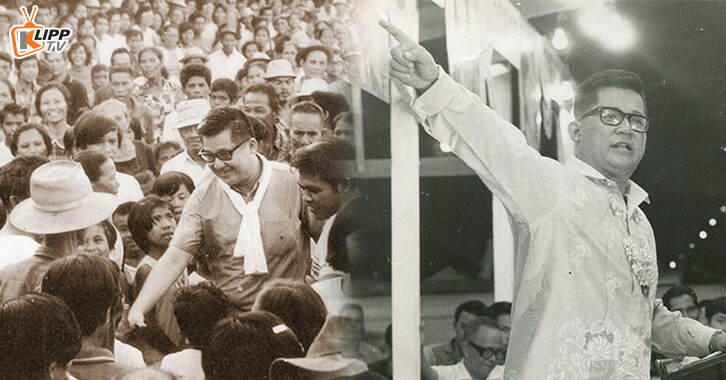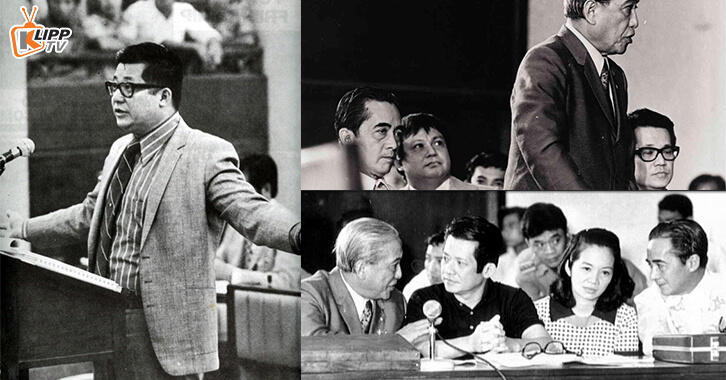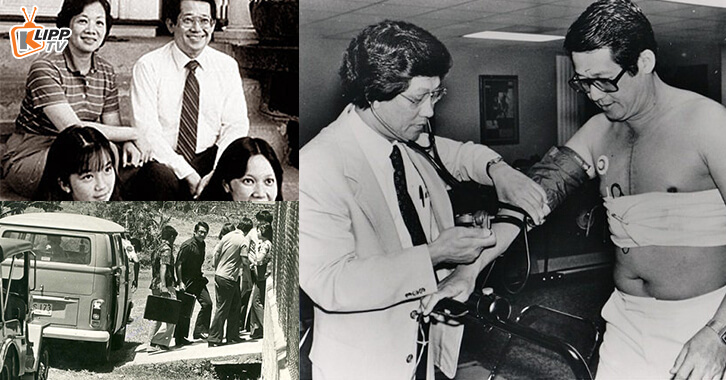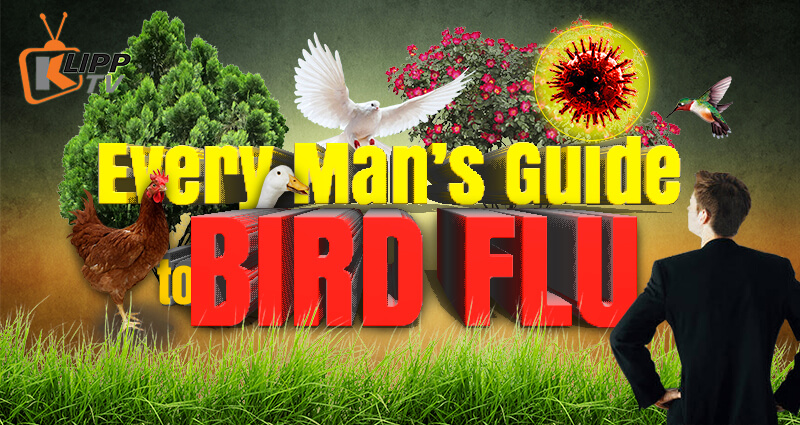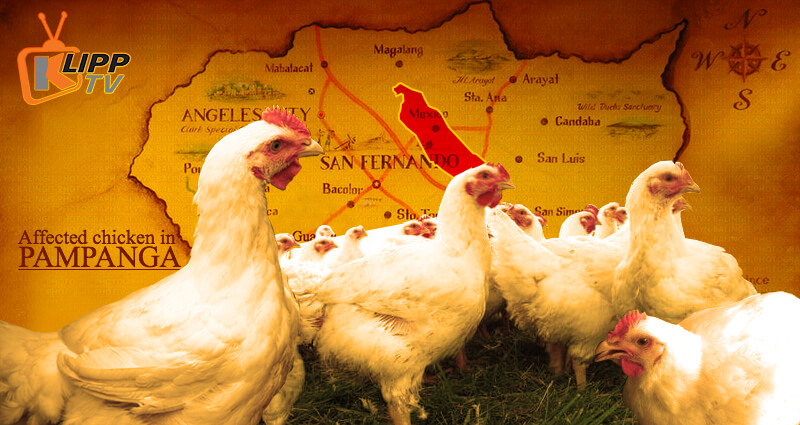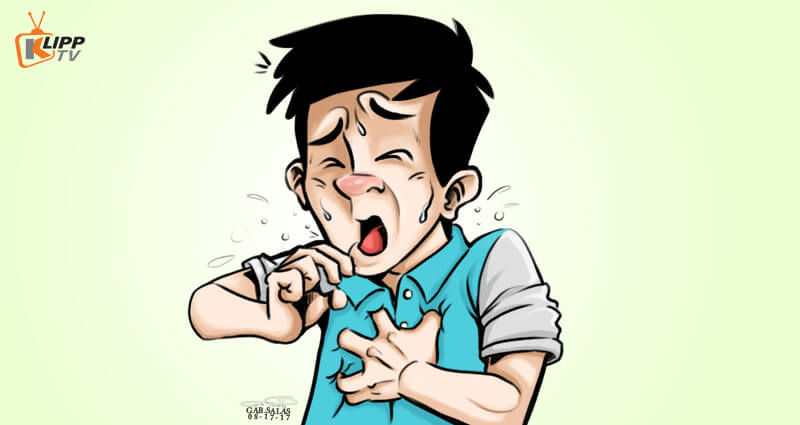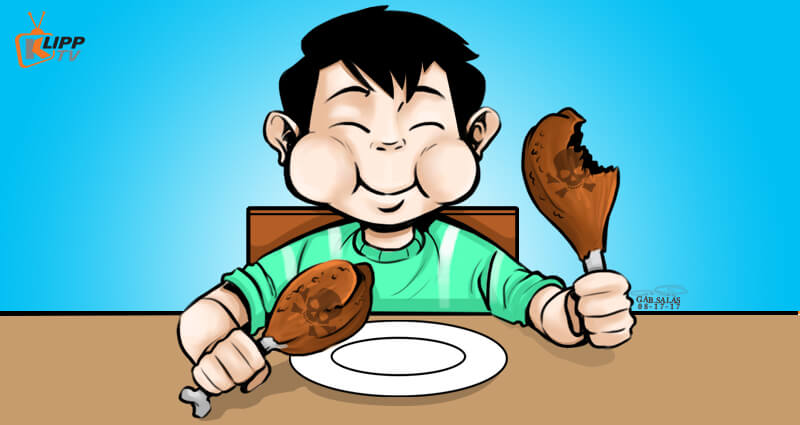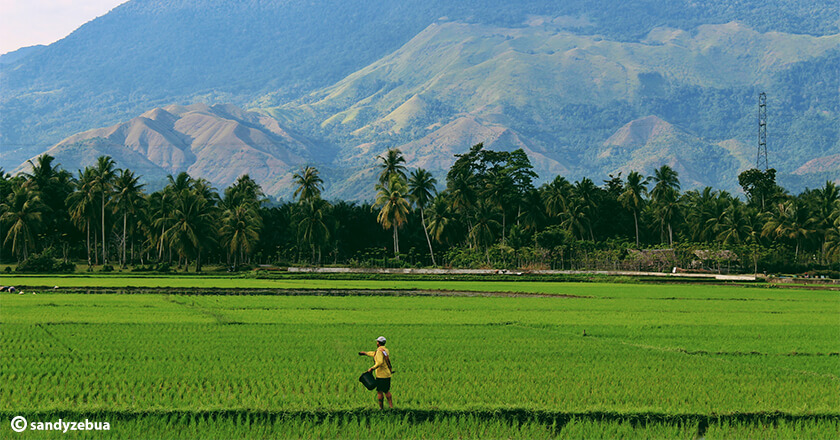
Going Back to Rural Roots
When people get worn down by the hustle and bustle of city life, where do they go? Modern urban living can feel constricting, cramping too many people in too small a concrete box. If you’ve felt that city-living has been affecting not just your physical, but mental health as well, you are not alone.
Self-care is a vital aspect of healthy living and can take on different forms like traveling. A break or time off from the city has been recognized to help mentally. Travel and vacation days are far from cures, but a day out in nature surrounded by trees or the ocean provides much-needed respite.
These days, though, even the usual destinations – the provinces, mountains, and beaches – have either become crowded themselves. Are you really out of the city if you’re beside thousands of other tourists at the beach? Even entire mountains have been closed off to hikers and rightly so. Too many visitors to a fragile ecosystem are disastrous especially when left unmanaged.
A Domesticated Alternative

Agritourism is a prospering industry in the primarily agricultural countries of Southeast Asia. When you can’t go to your favorite nature destination, farm tourism offers a similar experience. More domestic when compared to the outdoors but still in touch with nature. Where ecotourism uses pristine natural places and experiences, agritourism uses the farm lifestyle to attract tourists.
It comes as good news to farmers and farm-owners who are able to improve their income without requiring additional capital or needing massive construction projects. Farmers will be able to keep their agricultural communities as well while cultivating a local tourism industry.
More Than Food to the Table

In 2016, more than $10 million was projected to be earned from domestic agritourism over a five day weekend in Thailand. This highlights something wonderful in agritourism – its inclusivity. There are no high priced tickets making agritourism for everyone. Farm tourism carries more value than the profits it makes though. The awareness and education visitors and proprietors take with them are invaluable.
Studies have also shown that farm tourism has led to better awareness of the agricultural sector’s environmental impact and green energy , for both tourists and farmers. People become more inclined to adopt renewable and sustainable sources of water and food. Tourists gain first-hand experiences with what climate change affects, and a connection to those who stand more to lose. Farm tourism also allows tourists to redefine their relationship with their food, where it comes from, and how it differs from their diet.
Young Blood

A life unburdened by office cubicles might be alluring enough to inspire a new generation of farmers. In 2017, the average age of farmers in the Philippines was 57. The trend follows in the rest of Asia. Farm tourism presents a business opportunity for small landowners, too. It gives them options other than to sell or let their property stagnate and sink in taxes.
Agritourism seems to be a perfect fit for Southeast Asia. It adds more stops to what already is a tourist destination. But the bigger picture presents us with something more. Farms are more than just our supply of food. It is a way of life that has sustained the rest of humanity for generations. Agriculture is one of the cornerstones of human development as a species. It falls to all of us to maintain that connection.
Farm tourism destinations are aplenty and their numbers are increasing. Try taking a trip to one near you. Find out how your favorite food is grown, or hear what our farmers go through firsthand. And most of all, enjoy!





